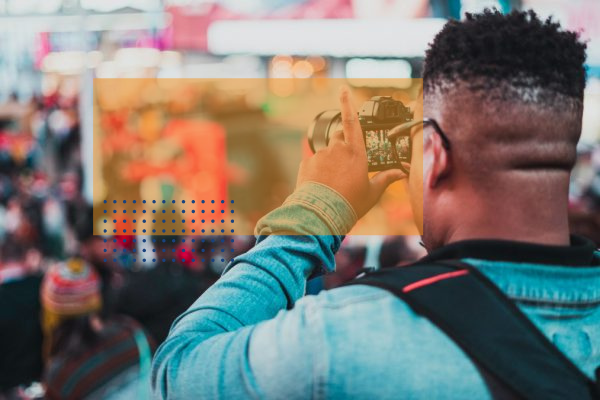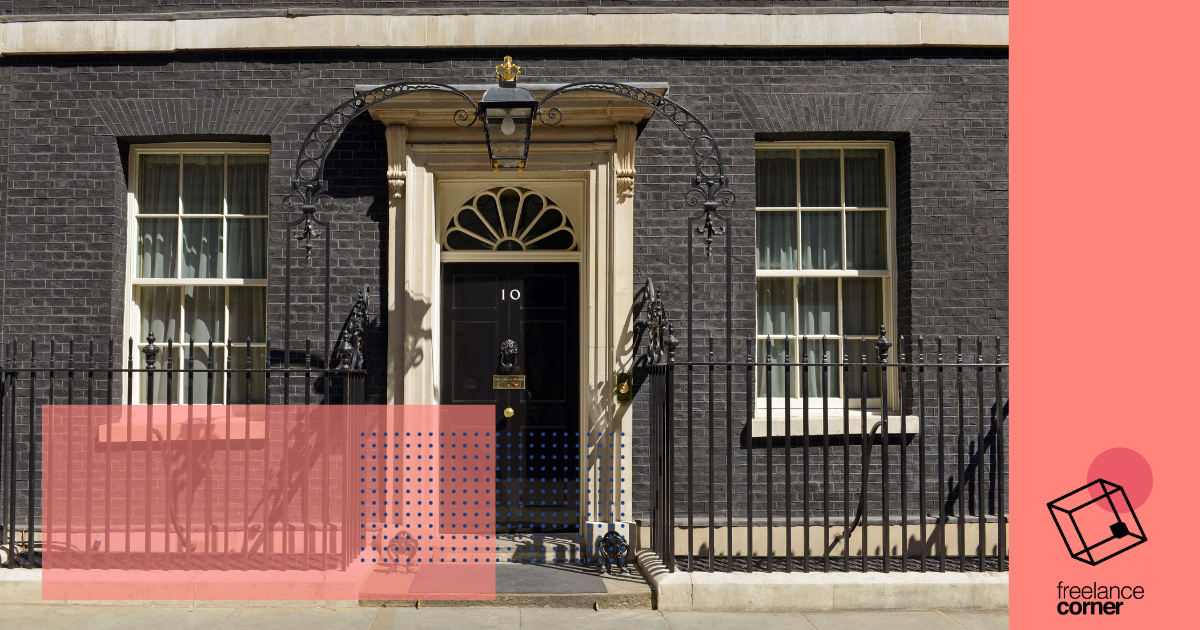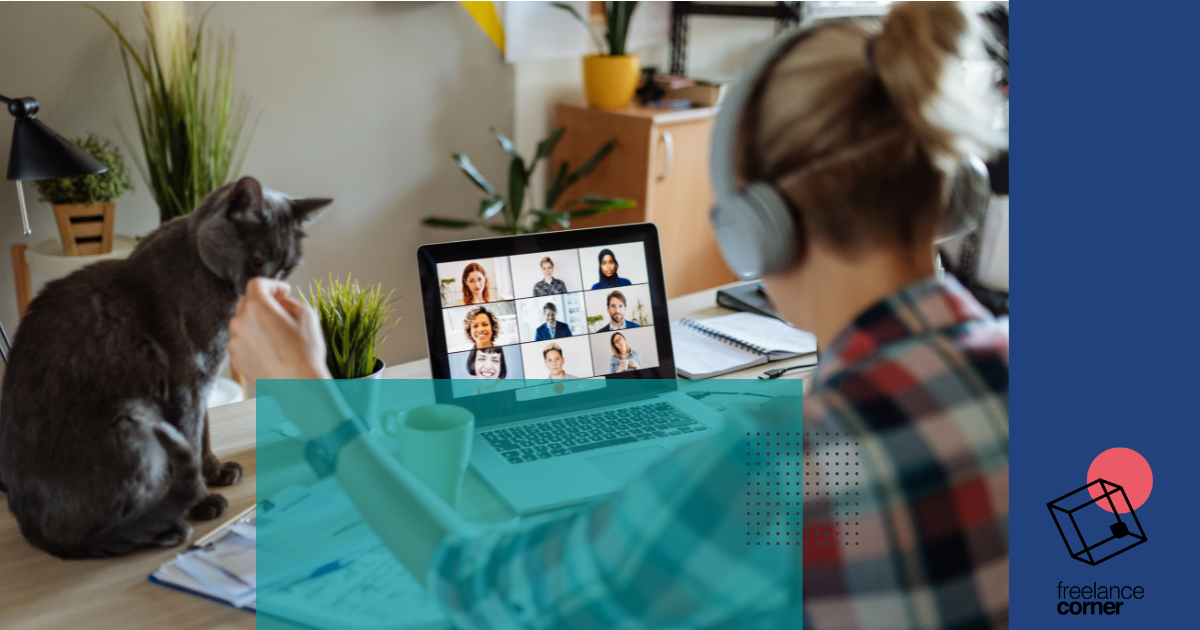We’ve previously looked at how you can start a self-employed career as a photographer, but what if you’ve always dreamed of travelling the world capturing important moments in world history? Find out how to become a freelance photojournalist, and this could be a reality.
With a smaller number of in-house roles available, the majority of photojournalists are either hired directly by publications and TV outlets, or sell their images via agencies. And it can be a full-time occupation, or you might combine it with other photography jobs depending on your income, and how much time you want to devote to travel.
Many of the most iconic images seen by people around the world have come from photojournalists, with many famous examples winning awards and acclaim. For example, the works honoured by Pulitzer Prizes.
- What does a freelance photojournalist do?
- What skills or qualifications do you need?
- How much can you earn as a freelance photojournalist?
- What equipment does a freelance photojournalist need?
- Legal and ethical requirements for freelance photojournalists?
- More resources and support for freelance photojournalists
What does a freelance photojournalist do?
The main attraction of freelance photojournalism is being paid to capture iconic images which tell powerful stories. But the hard work behind these photos involves taking potentially hundreds of shots on a daily basis, editing and selecting the best work, and all of the less glamorous aspects of the occupation.
You’ll need to build contacts at news outlets and publications, and at photographic agencies. And while it’s possible to be a photojournalist in one location, it generally involves lots of travel around the world. So, you’ll need to be organised to ensure you, and your equipment, arrive safely and able to work.
People skills are also important, as you may need to negotiate access to secure the best images, and you could be dealing with traumatic or dangerous situations.
What skills or qualifications do you need?
Almost everyone has a smart phone with a camera in their pocket. But photojournalists remain employed due to their ability to capture photos that normal people don’t.
This is why the essential skill for any photojournalist is to be able to use their camera and compose the shots you need without thinking about it. You may only have a split-second to show a reaction on the face of a subject, or action occurring, with no opportunity for it to be repeated. So, you need to be comfortable taking photos in chaotic situations and under pressure.
Education and training aren’t essential to become a news photographer, but it can help you understand the principles that create great photos, expose you to the history of photojournalism, and give you a good grounding in how to operate your equipment. Options include higher education, or courses available from various organisations including the British Academy of Photographers, the Royal Photographic Society, or the Association of Photographers.
You’ll also need to follow and understand current events, so you’re able to get to the right place at the right time, and highlight opportunities to your clients. If you can spot a newsworthy event before anyone else, it means you have a better chance of grabbing an exclusive.
As mentioned before, you’ll need to have good communication and people skills to get the access you need, capture photos of subjects potentially undergoing traumatic experiences, and to work with contacts at news outlets and photographic agencies.
And like any freelancer, becoming successful will require significant commitment and a good work ethic. If you’re photographing a time-sensitive event, you’ll need to edit and upload your images before you stop for the day to avoid them becoming irrelevant. Especially if you’re competing for attention with other photographers.
Effective editing and post-production skills also need to become second nature, so you’re able to submit your best work as soon as possible.
How much can you earn as a freelance photojournalist?
What you can earn as a freelance photojournalist will depend as much on how you sell your work as your skills and experience. If you’re working directly with a publication, then you can negotiate on a project or individual photo basis. But selling through agents will mean they take a commission from the sale price, and you may be uploading images which are never published.
The average photojournalist salary is estimated at £22,500 per year by Payscale, and higher estimates are broadly in line with other photographic careers. Glassdoor estimates the average annual earnings for a general freelance photographer at around £31,336.
Increasing your earnings will usually require building up a strong portfolio of work to demonstrate your skill and experience.
What equipment does a freelance photojournalist need?
It’s possible to start building a career as a freelance photojournalist with the camera built into your smartphone. But to separate yourself, and your work, from that of casual bystanders, you’ll need to start investing in professional equipment as you progress.

The standard equipment for a freelance photojournalist includes:
- A high-quality DLSR camera
- Appropriate lenses
- A suitable flash, memory storage cards, and a camera bag or case for travelling
- Photo editing hardware and software
- A reliable tripod
Obviously, it’s important to ensure images are stored and backed up to avoid losing any important photos due to hardware failure. In addition to physical storage, uploading to online cloud services can also help prevent anything being lost or deleted, especially in situations where your camera and equipment may be at risk.
It’s also important to invest in good quality bags or cases, particularly if you’re frequently travelling and flying around the world. There’s nothing worse than arriving at a foreign destination to discover an issue with your equipment.
Legal and ethical requirements for freelance photojournalists?
As with any freelance photography, it’s important to understand the legal issues around copyright and selling your work. Whether you’re supplying images directly to a news outlet, or selling via an agency, the usage rights and licensing will have a big impact on the fee you could receive. Especially if the photo you’ve taken becomes well-known.
Insurance is also vital for photojournalists, as so much travel and potential risk may be involved. You need to make sure that both you and your equipment are adequately covered for any potential damage, loss or injury.
And you need to make sure that you have an understanding of the laws around taking photographs in public places, on private property, and of subjects who may not be in a position to give explicit permission. Typically, you don’t have to ask for permission to take photos of people in public places for journalistic purposes, but the rules will change for private property, or when you travel to another country. It’s important to know the law, and the risks if you choose to ignore it to capture a particular photo.
For example, in the UK, the 2000 Terrorism Act means you cannot take a photograph of a police officer or a member of the armed forces or security services which could be considered as useful to a terrorist. Organisations including the Institute of Photography have guides to both the legalities of photography, and the potential questions and complaints that might be raised by members of the public.
As a photojournalist, you will also need to think about your personal ethics, and the implications of your work. Taking photos of subjects in traumatic situations raises questions about what should be documented, and being exposed to these events can have an effect on the photographer as well as the subjects, so it’s important to consider your own wellbeing, along with anyone you’re photographing.
More resources and support for freelance photojournalists
- The Association of Photographers
- British Institute of Professional Photography
- The Royal Photographic Society
- My Freelance Story: Photographer Jak Spedding
- IPSE
Researching other freelance careers? Why not check out our other guides:
- How to become a freelance photographer
- How to become a freelance web designer
- How to become a freelance writer
- How to become a freelance Virtual Assistant (VA)
- How to become a freelance SEO consultant
- How to become a freelance structural engineer
- How to become a freelance business analyst
- How to become a freelance event planner or organiser
- How to become a freelance coach
- How to become a freelance proofreader
- How to become a freelance bookkeeper
- How to become a freelance content creator
- How to become a freelance illustrator
- How to become a freelance hair stylist
- How to become a freelance recruiter
- How to become a freelance translator
- How to become a freelance editor
- How to become a freelance music producer
- How to become a freelance WordPress developer
- How to become an author
- How to become a freelance tutor
- How to become a freelance makeup artist
- How to become a freelance animator
- How to become a freelance photo editor
- How to become a freelance model
- How to become a freelance animator
- How to become a freelance photo editor
- How to become a freelance model
- How to become a freelance animator
- How to become a freelance photo editor
- How to become a freelance model
- How to become a freelance digital marketer
- How to become a freelance network engineer
- How to become a freelance chef
- How to become a freelance fundraiser
- How to become a freelance data scientist
- How to become a freelance graphic designer
- How to become a freelance accountant or financial consultant
- How to become a freelance interior designer
- How to become a freelance personal trainer
- How to become a freelance HR consultant
- How to become a freelance filmmaker
- How to become a freelance transcriptionist
- How to become a freelance game developer
- How to become a freelance first aid trainer
- How to become a freelance video editor
- How to become a freelance project manager
- How to become a freelance musician
- How to become a freelance massage therapist
- How to become a freelance social media manager
- How to become a freelance 3D artist or modeller
- How to become a freelance AI prompt editor
- How to become a freelance dog groomer
- How to become a freelance location scout
And you can get support and help if you’re starting out with self-employment, or still in the early stages of building your career, with the IPSE Incubator. The 12-month programme is currently free with IPSE membership, and includes advice, events, webinars, networking and more, tailored to anyone just beginning their freelance business.






